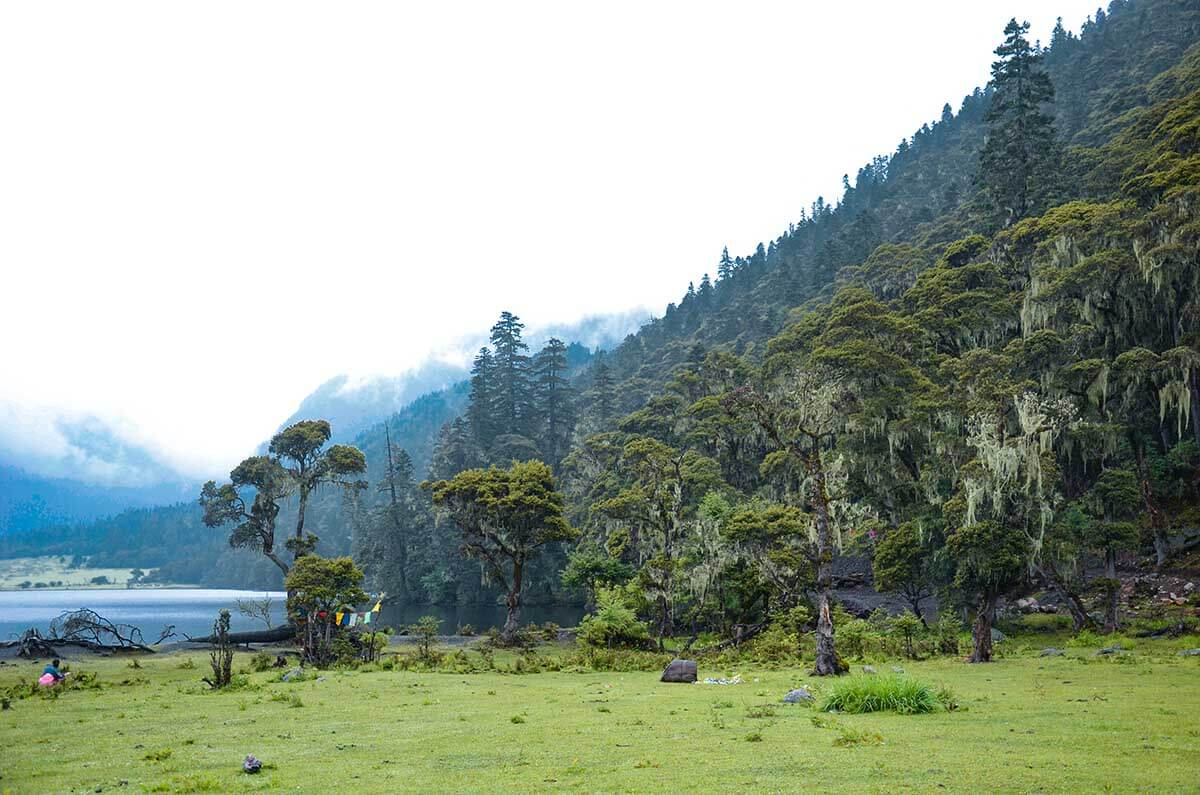
Wuxu Lake
At here, it is a concentration of mountains, canyon, stone forest, virgin forest, grassland, wild animals ect. The beautiful Wuxuhai is quiet and magical. Amazingly, it still maintains the original ecology.
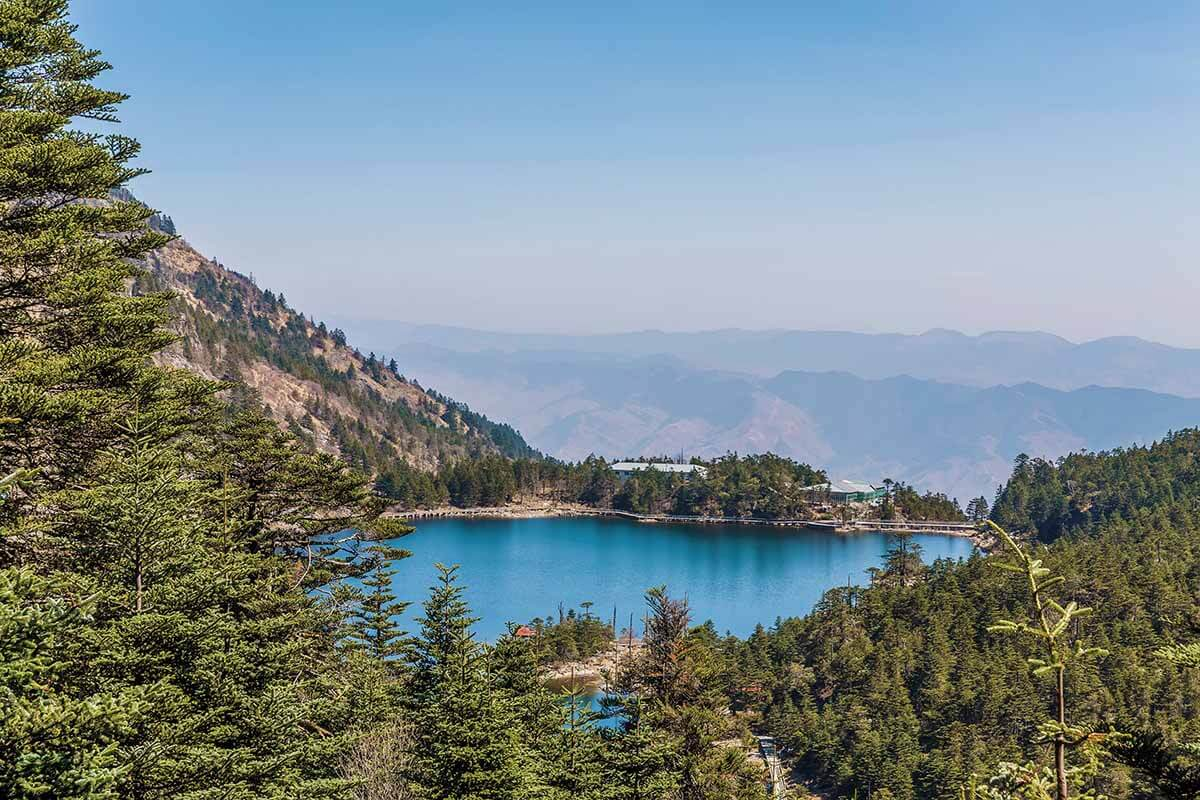
Luoji Mountain National Scenic Spot
Luoji Mountain Scenic Spot preserved the ancient glacial remains of the Quaternary period completely, and is famous at home and abroad for its typical landscapes such as "alpine lakes, glacier grooves, azalea sea, sharp peak, cloud fog sea, primeval and primeval forest".
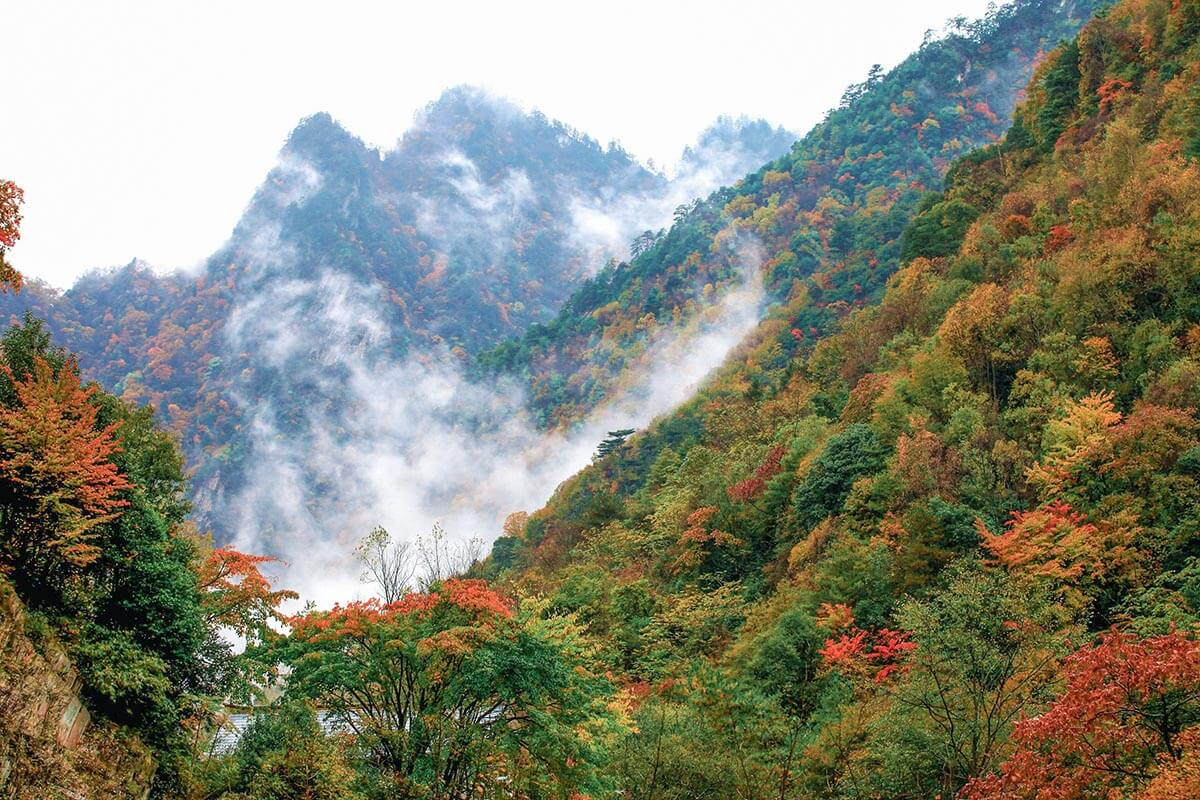
Tangjiahe National Nature Reserve
In mid-October, leaves leaves wither and fall and snow falls on the high mountain. In the middle of December, when snow falls heavily, black bears go into hibernation, However, giant pandas roam the slopes throughout the winter to feed on frozen arrow bamboo.
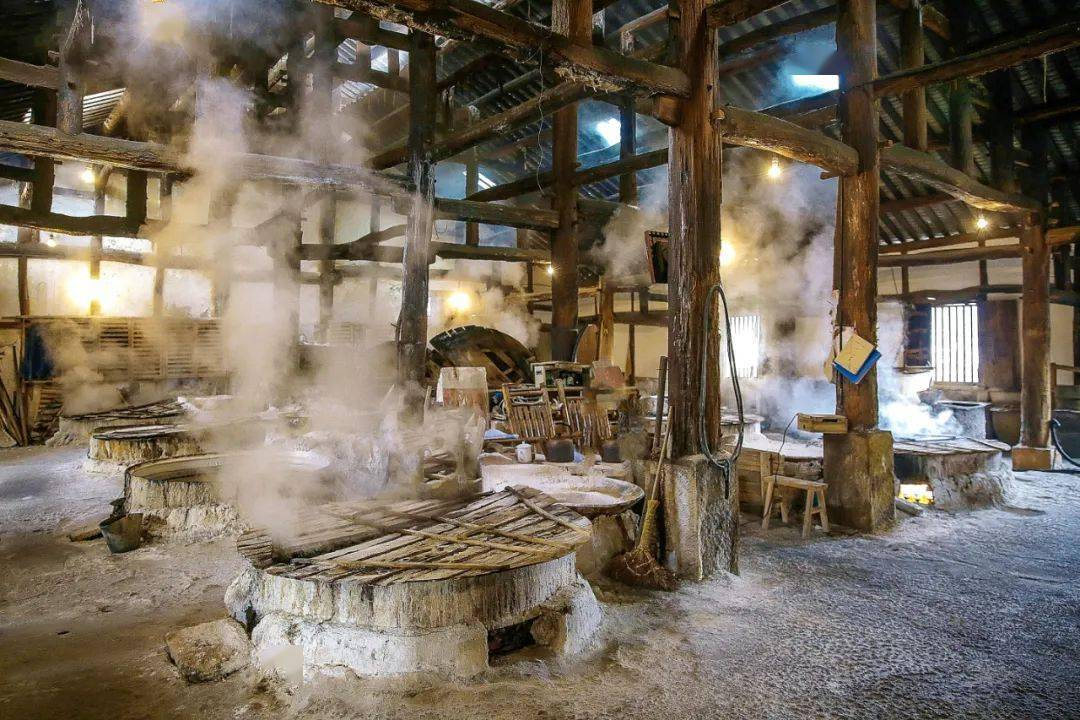
Zigong Salt History Museum
Salt historical relics mainly reflect the production tools and equipment of well salt drilling, brine extraction, brine transportation and salt making, the contracts, account books in the process of salt production and operation, and the original records of well drilling in traditional way at that time.
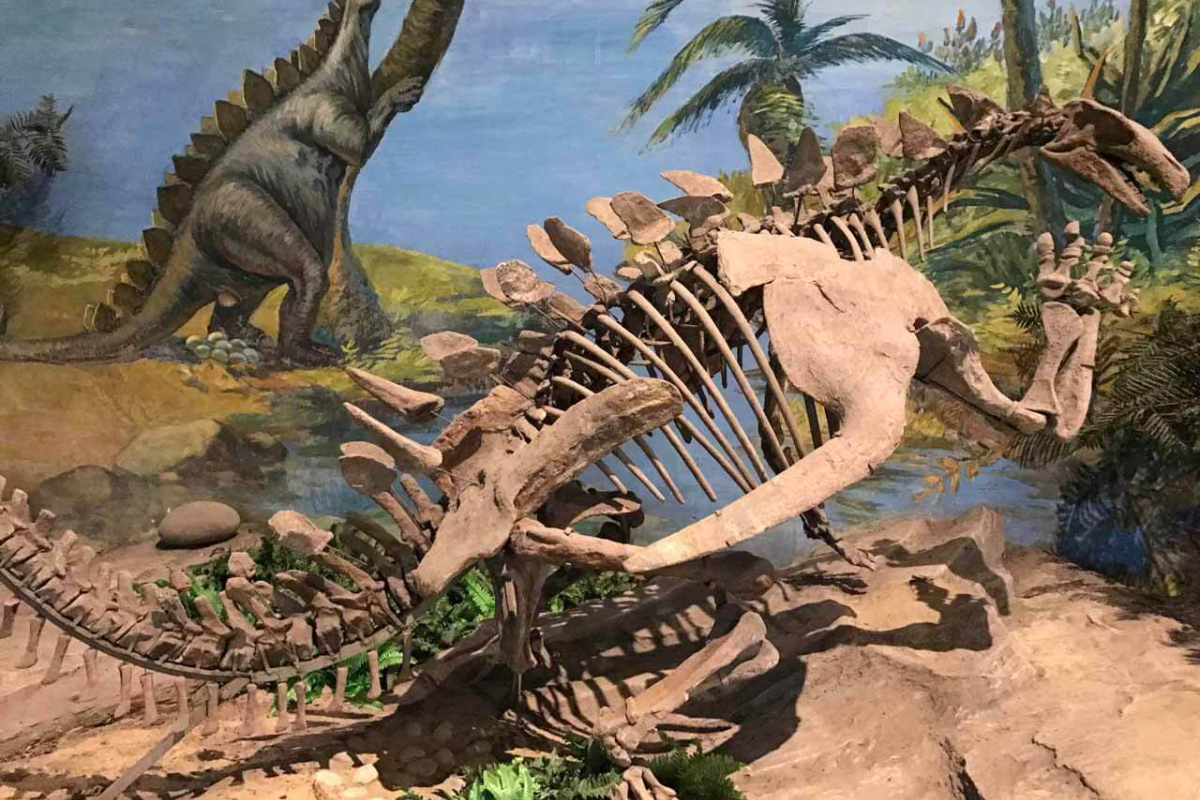
Zigong Dinosaur Museum
Absorbing the idea of modern display, the use of scene-type display, personification combination, assisted by multimedia and other display means, launched a magnificent, magical and magnificent prehistoric painting, it recreates the mysterious and colorful Jurassic Period, made up of dinosaurs and many long-lost species.
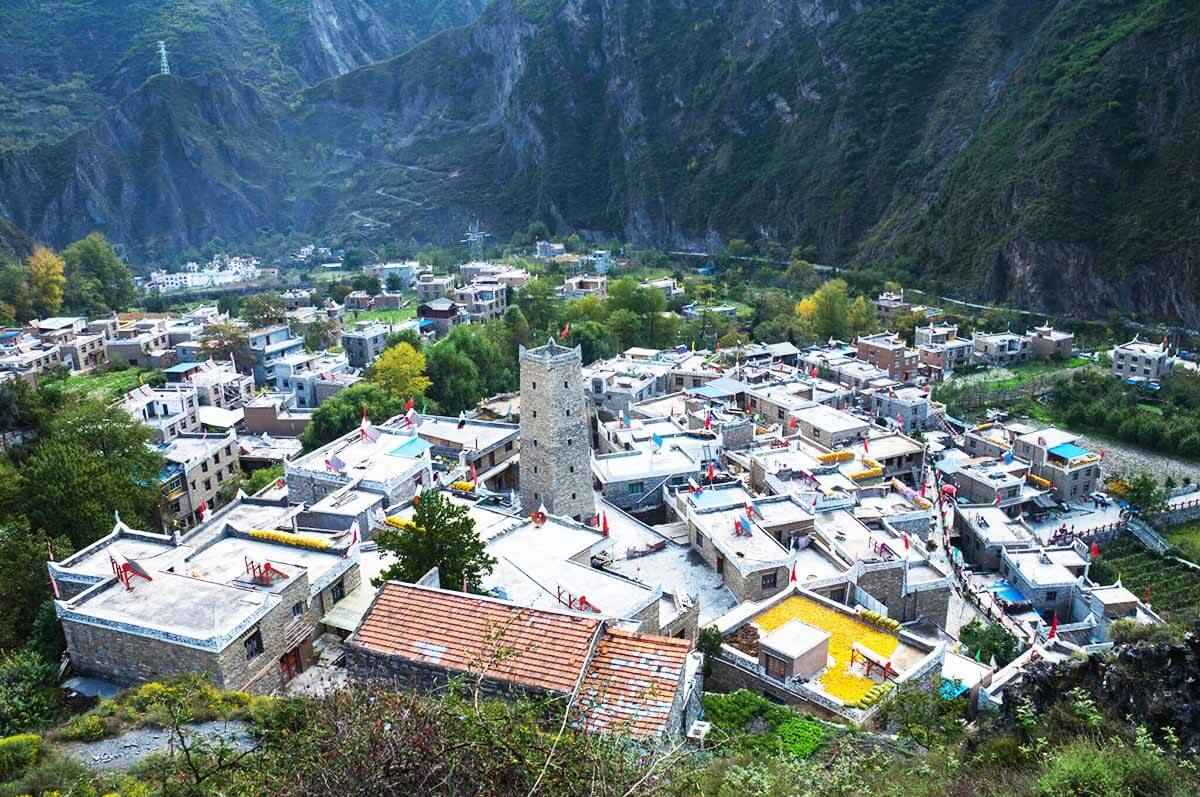
Ganbao Tibetan Village
On the hillside across the river, there is a magnificent, huge stone castle-like stockade, standing at the foot of the snow-capped mountain, that is the ancient Ganbao Tibetan Village, with a long history of more than 2,000 years, still well preserved, unknown to the outside world.
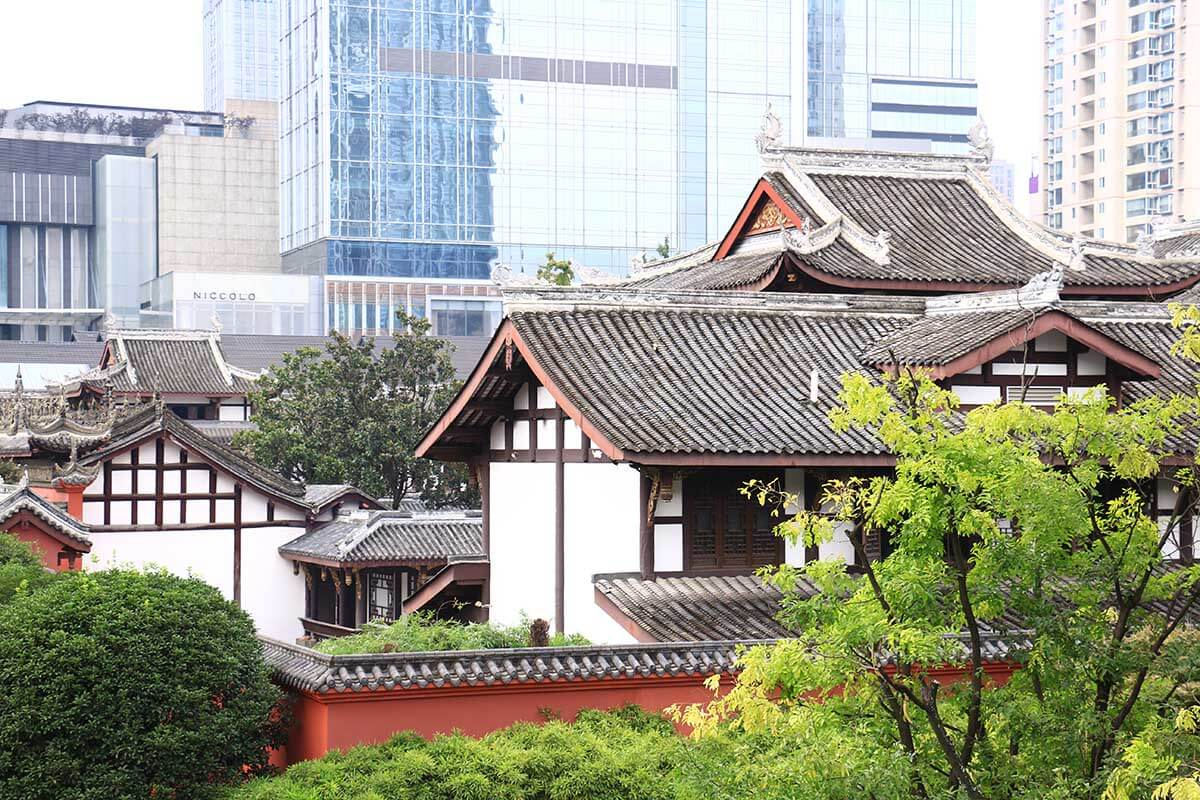
Sino-Ocean Taikoo Li
Located in the Chunxi Road subway station, Taikoo Li enjoys advantages of superior transportation and human flow. Daci Temple, a thousand-year ancient temple next to it, adds a unique historical and cultural charm.
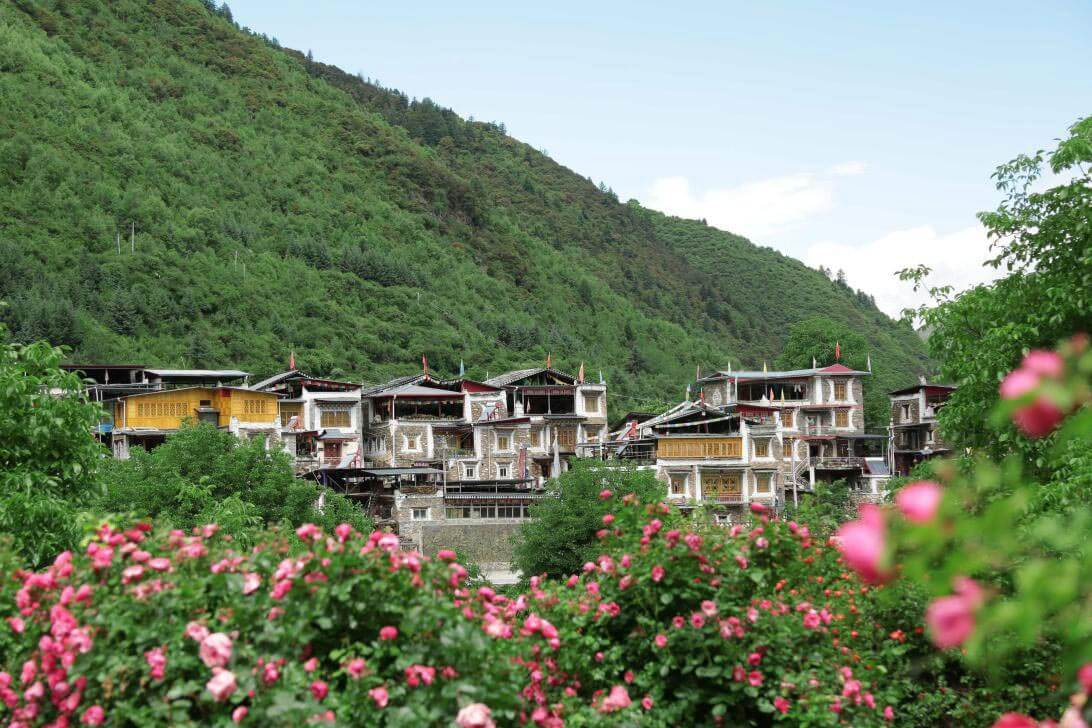
Zhuokeji Headman’s Official Manor
Architecture is the ALMANAC of the Times, when songs and music disappear, it still speaks in silence. Zhukeji Headman’s Official Manor was praised as Rare Architectural Wonder in the World & Pearl in the History of oriental Architecture.
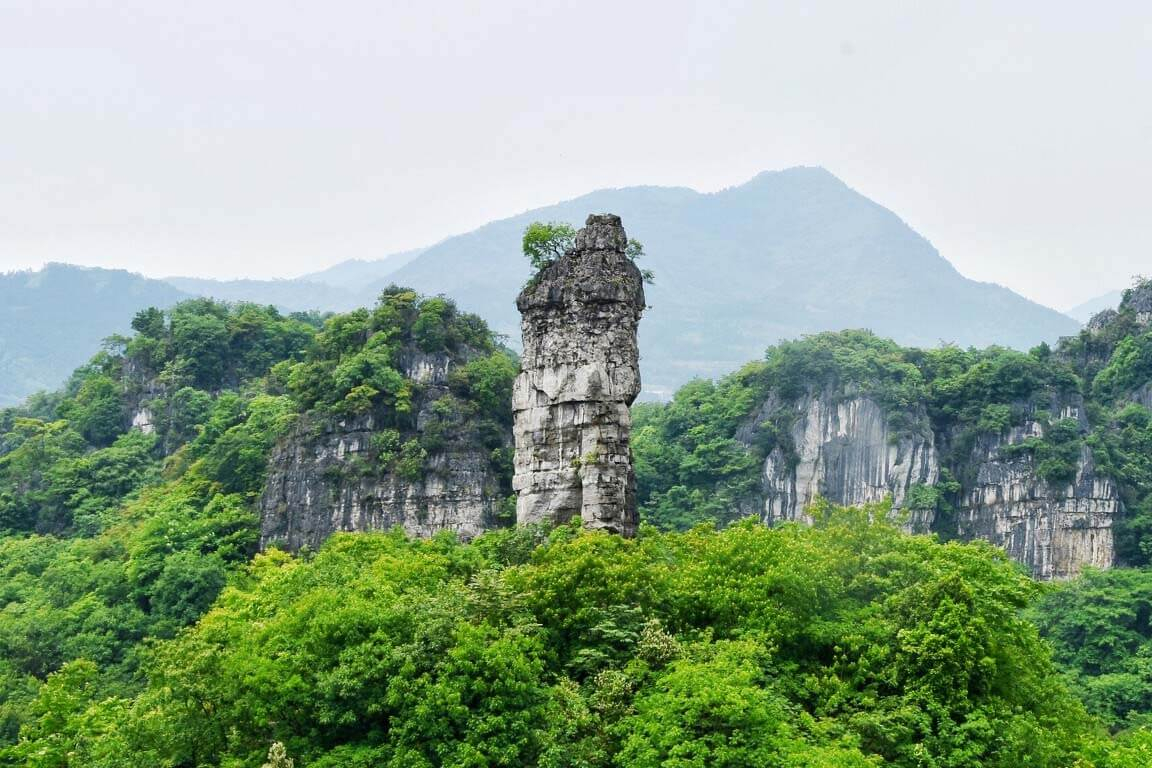
Xingwen Stone Sea
World-scale large funnels, a large number of inflow caves, a complete karst basin, and excellent karst development conditions constitute the unique "Xingwen" karst landform. As early as the 1980s, Xingwen Karst has become the model of karst geology research in Sichuan and even in China.

Jiayang. Alsophila Spinulosa Lake
There is the world's only passenger steam narrow-gauge trains still in operation, the Sino-British joint-venture coal mining site Huangcun well, the old industrial town Bajiaogou left over from the honeymoon period between China and the Soviet Union.
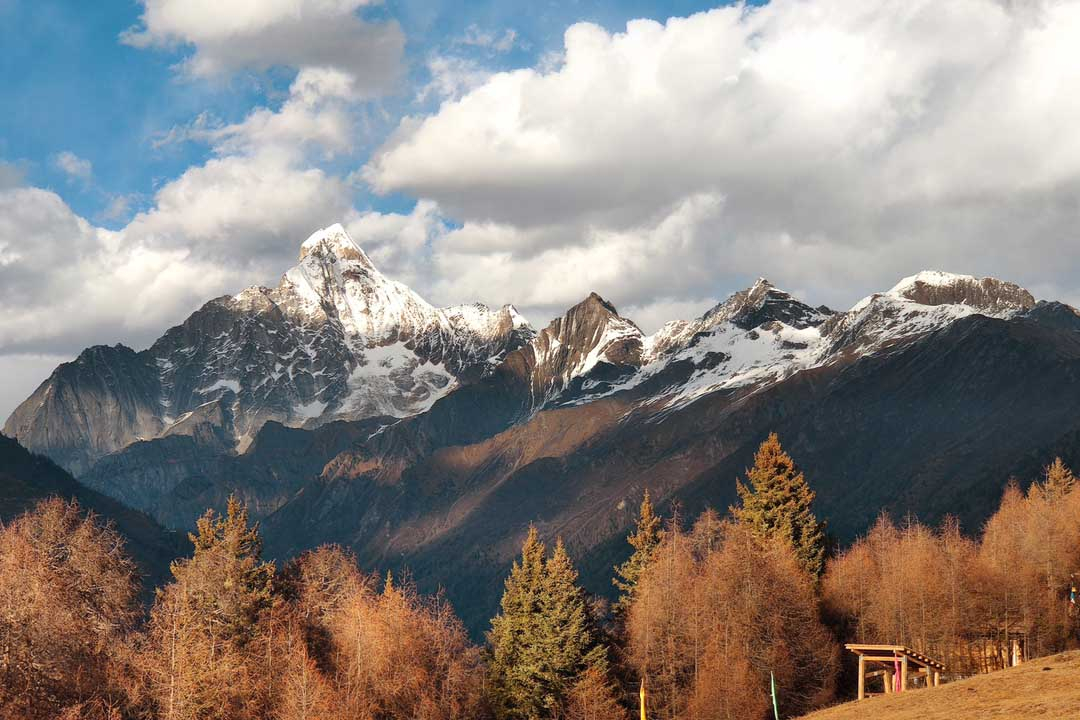
Haizi Valley
Since the Four Girls Mountains are situated between Changping Valley and Haizi Valley that Haizi Valley offers the best angle to photograph Mount Siguniang. The Haizi Valley contains a mysterious and beautiful group of plateau lakes.
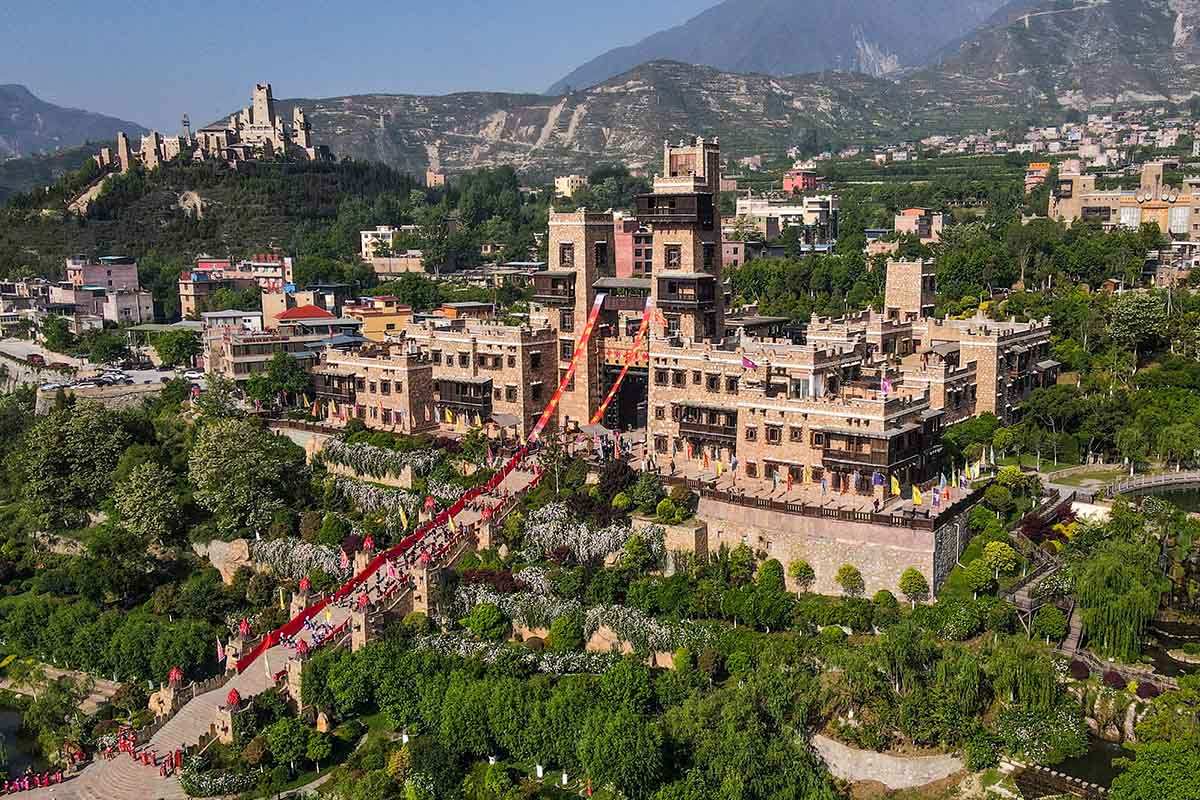
China Ancient Qiang Nationality Town
China Ancient Qiang Nationality Town is the core protection area of the Qiang culture and the core settlement area of the Qiang nationality. Qiang nationality originated from the ancient Qiang, an ancient ethnic nationality in western China. The ancient Qiang had a wide and far-reaching influence on the development of Chinese history and the formation of the Chinese nation.

Yanzigou Scenic Spot
Scenery in Mt. Gongga is very beautiful, especially the Yanzigou Valley on the eastern slope, scenery is the most beautiful. It is also known as "Konggar Red Stone Valley", stretches for nearly 40 kilometers on the eastern edge of the main peak of Mt. Konggar.
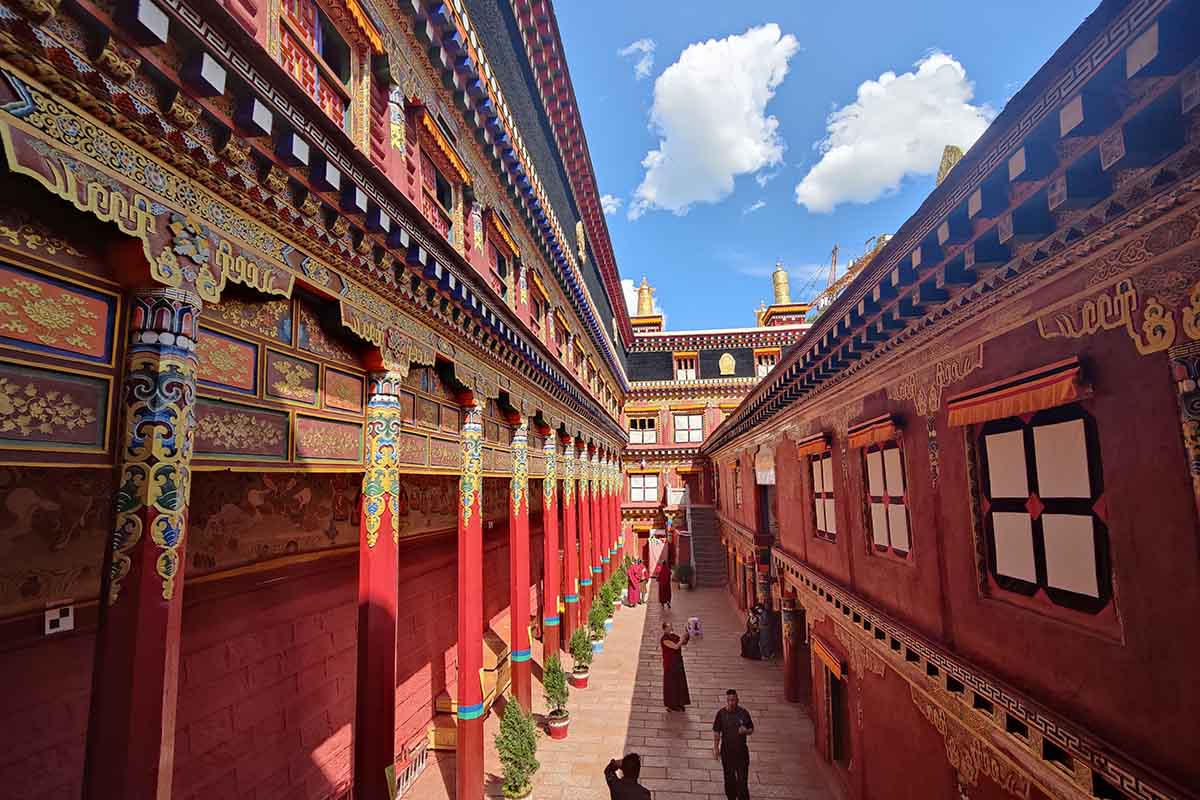
Dege Parkhang Sutra-Printing House
Dege is an important place for the inheritance of traditional Tibetan painting in history. Since the 18th century, a center has been formed in Dege, and the "Thangka" art of traditional Tibetan painting has been integrated into the engraving plate, which is a major breakthrough and innovation of the wooden printing plate of the printing house.
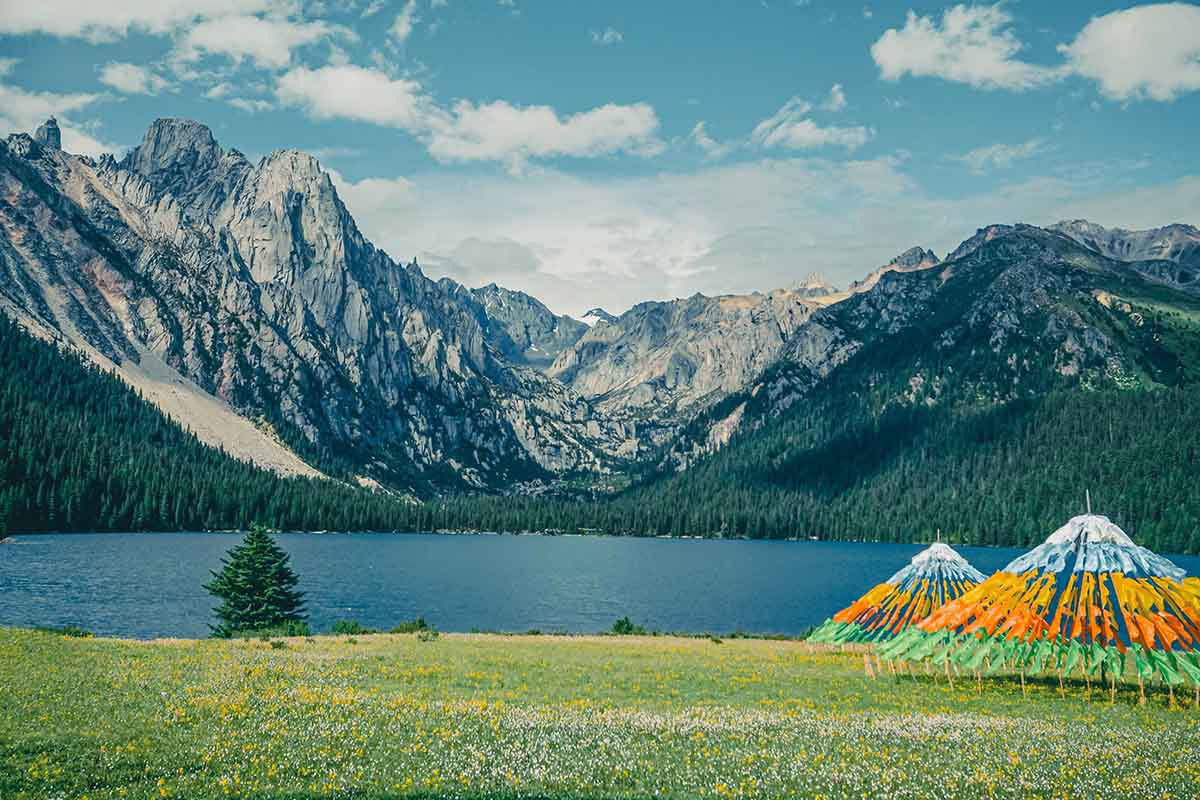
Tsopu Valley National Forest Park
The 318 Sichuan-Tibet National Highway passes through entrance of the valley. It integrates the original ecological scenery of alpine lakes, virgin forests, rivers, gorges, waterfalls, hot springs, grasslands, monasteries, wildlife and other natural and cultural landscapes.
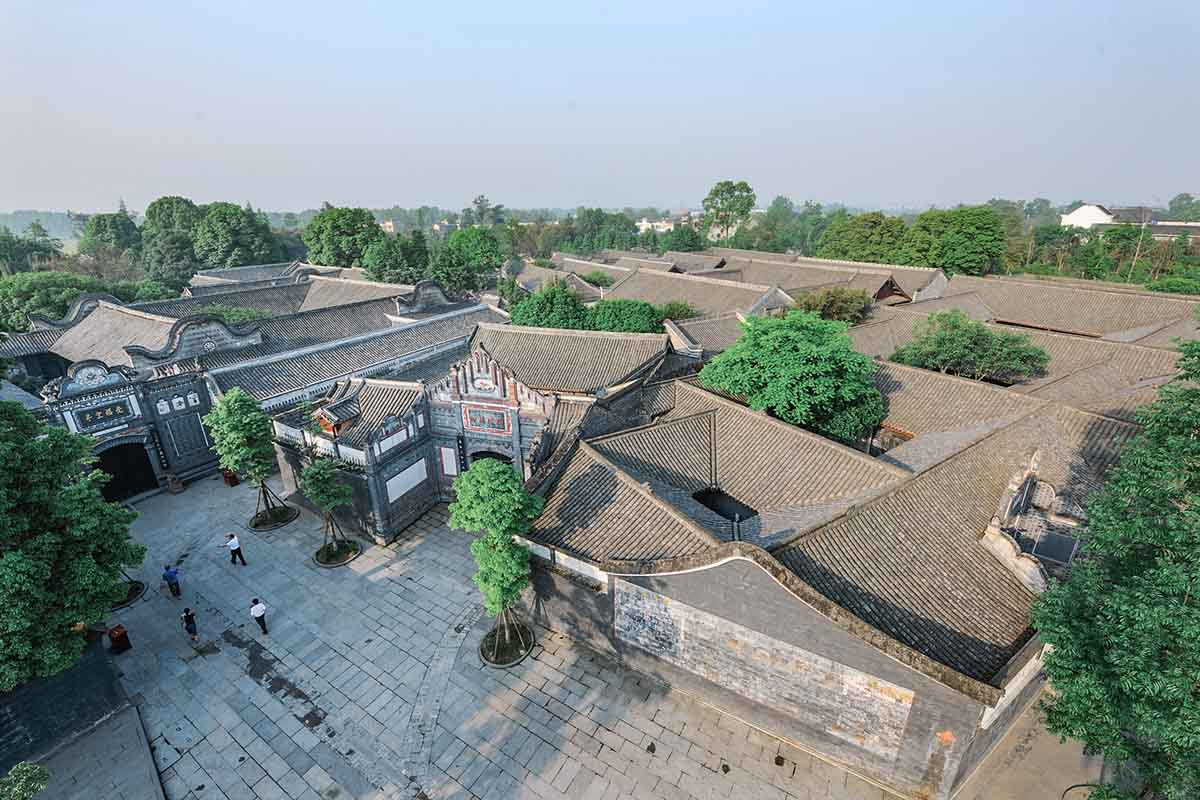
Liu's Manorial Museum
Liu's Manorial Museum was the former residence of the influential landlord and merchant Liu Wencai. It covers an area of 70,000 square meters, and consists of two big architecture groups. The buildings are very luxurious, and include various shapes such as rectangles, squares and terraces.
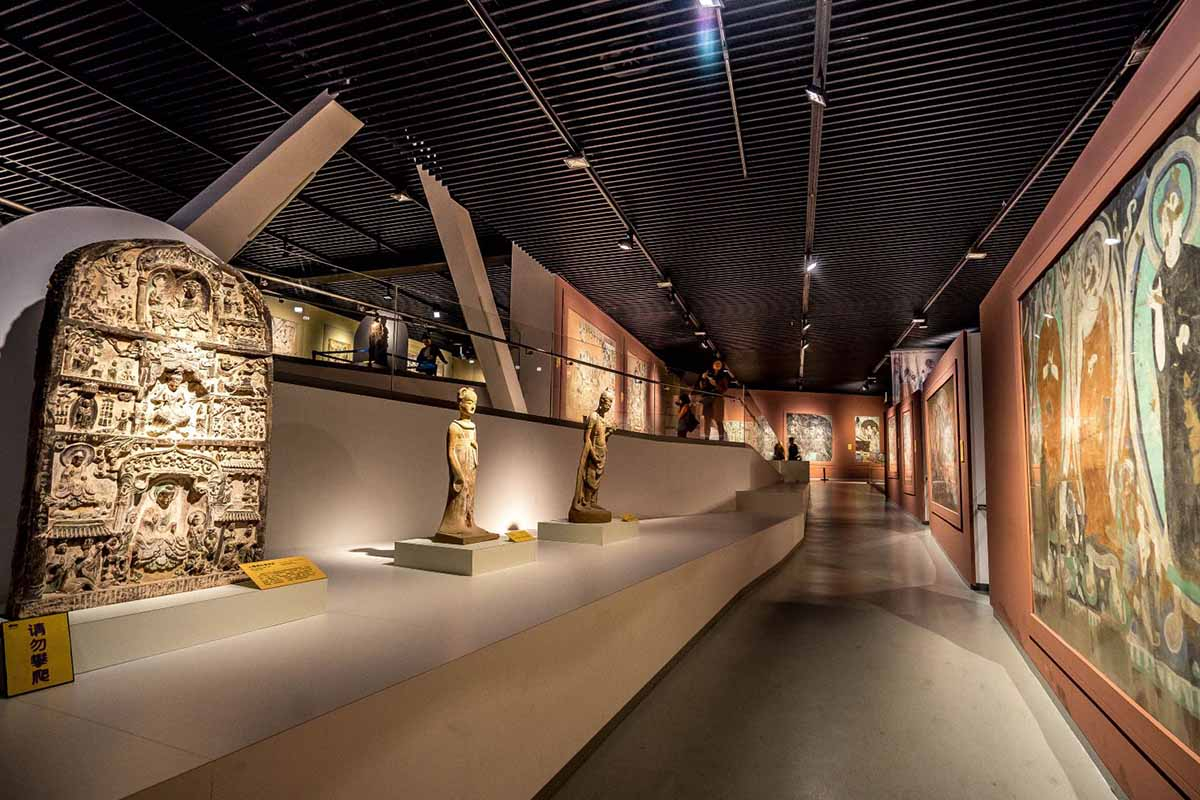
Chengdu Museum
The first floor is the lobby, screening hall and the special exhibition hall. Special exhibition on human and nature topics is on the ground floor. The second and third floors is Chengdu's historical and cultural exhibition of ancient times. The fourth floor is exhibition of the modern times and folklores. The fifth floor is for the Chinese shadow puppets exhibition. The total exhibition area is nearly 20,000 square meters.
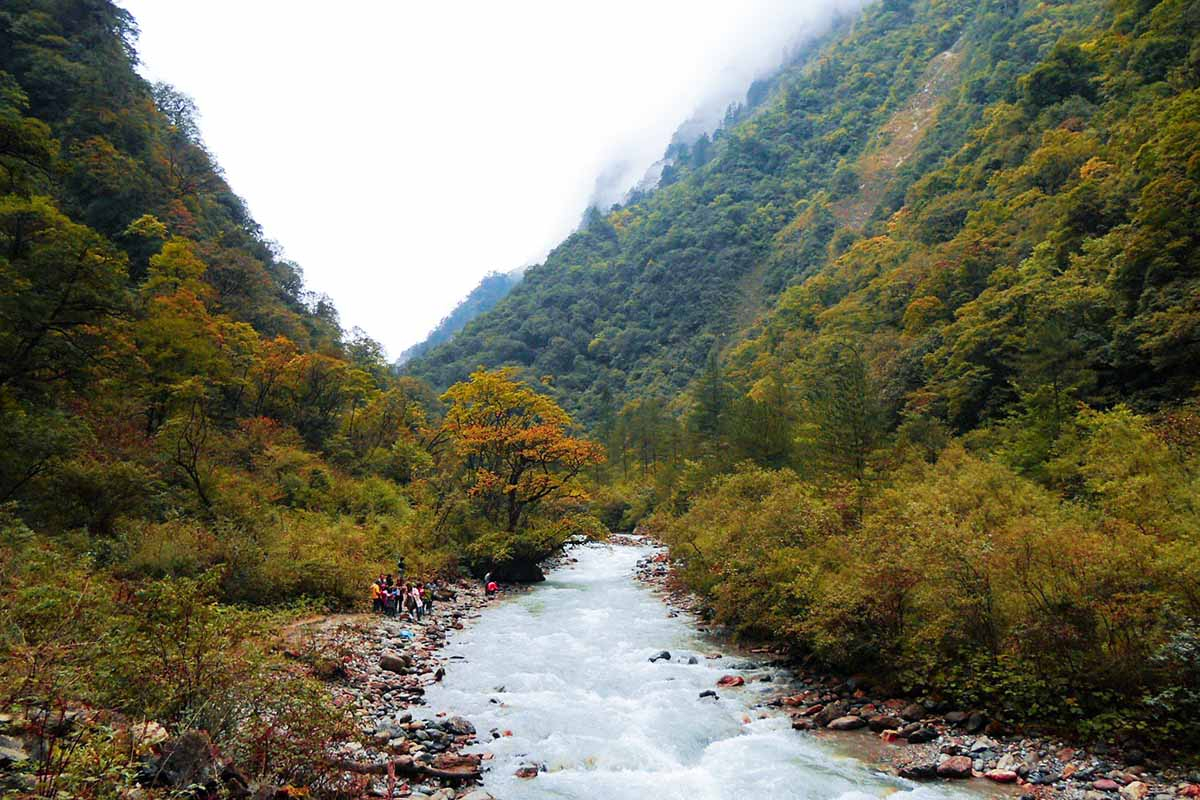
Dongla Mountian Grand Canyon
Mountain roads and wooden bridges are built for you to make your way more easily. Other than that, you will also see a stupendous view of the Tibetan shepherd’s grazing cows, sheep, mules and horses and even pigs in the wild, hillside meadow. If you come during mid Oct to mid November, you will see the magnificent view of red autumn leaves spread all over the forest.
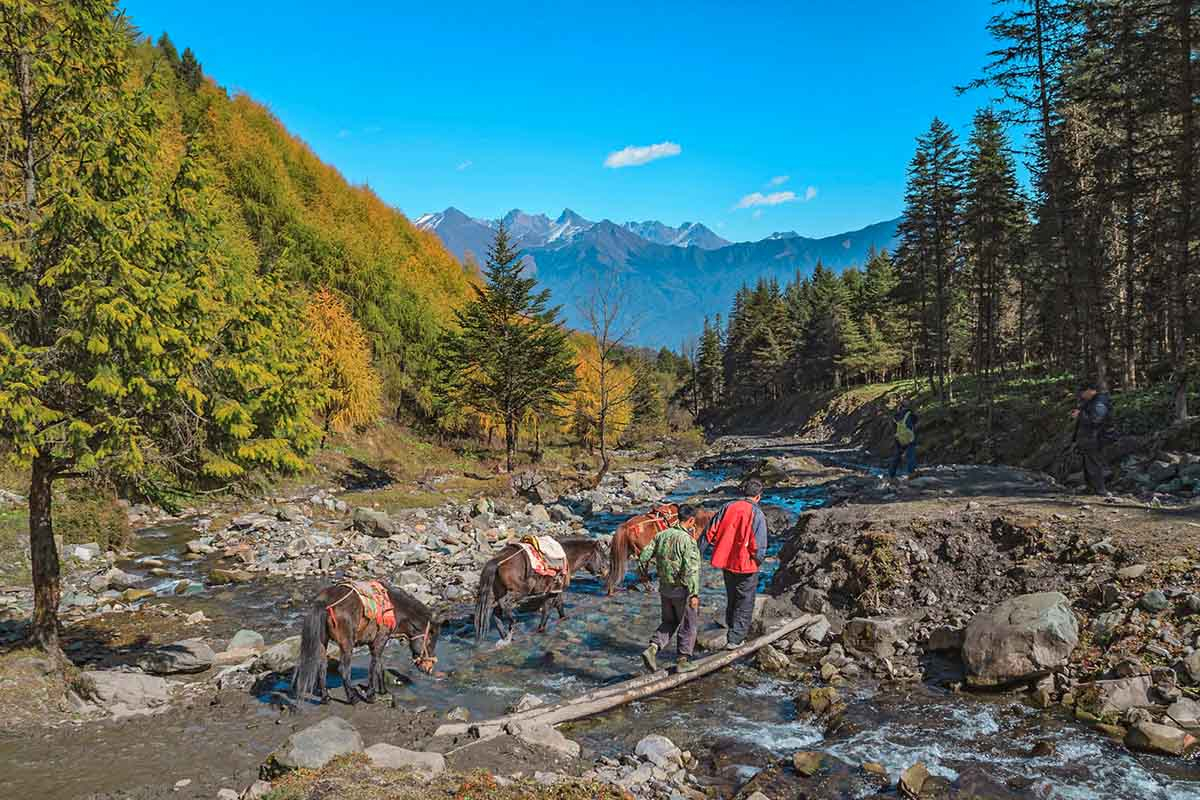
Shenmulei Scenic Area
Shenmulei covers an area of 40 square kilometers, consisting of virgin forests, snow peaked mountains, river systems and highland grasslands. It has beautiful scenery, excellent air, and alpine meadows and calcified flow pools form a unique natural style.
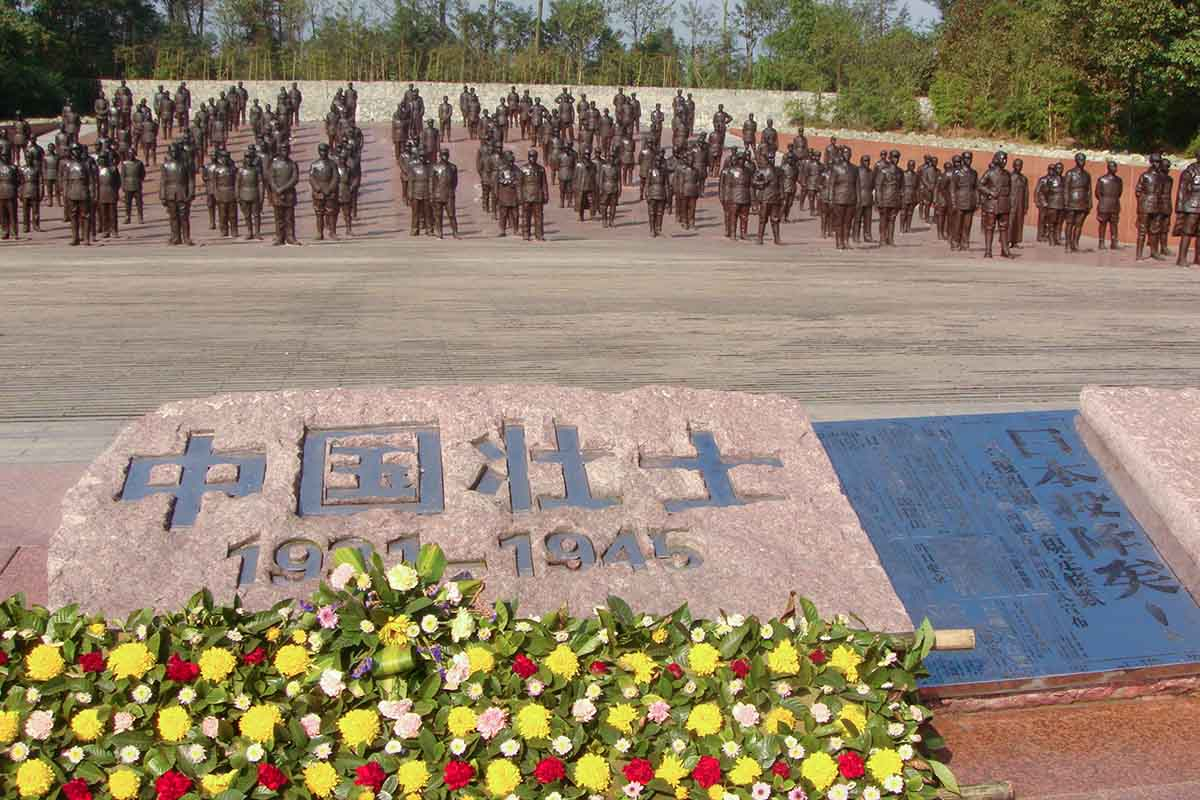
Jianchuan Museum
The Museum opened to public in 2005 on the 60th anniversary of victory of anti-Japan war. It is now the biggest private museum in China. It houses 8 million items in its 25 themed exhibition halls and 2 themed exhibition squares.